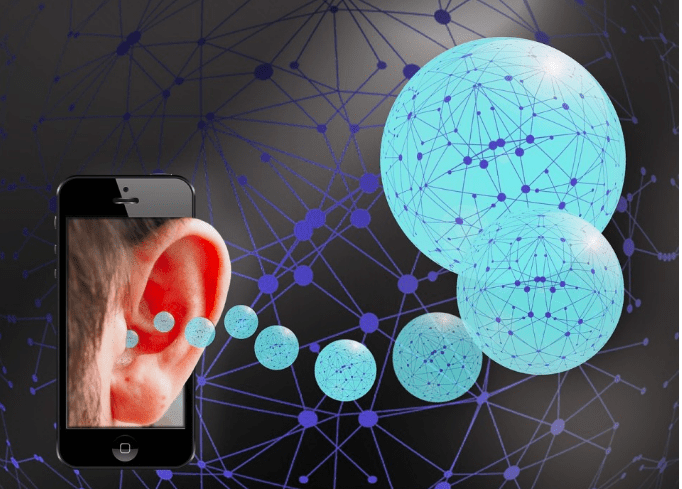This is how HubSpot defines social listening:
“Social listening is the monitoring of your brand’s social media channels for any customer feedback and direct mentions of your brand or discussions regarding specific keywords, topics, competitors, or industries, followed by an analysis to gain insights and act on those opportunities.”
What does it mean to be a digital leader and why is social listening so important to be one?
To quote author and digital leadership consultant Charlene Li:
“There’s a reason that we were born with two ears and one mouth. The ratio between listening and talking should reflect that.”
Let’s use an example to illustrate why:
Let’s say you are at a networking party. You just met someone and started up a conversation, This person talks only about themself, a rambling monologue going nonstop, oblivious to you, and without the least bit of interest in you. It’s always about them. Of course, you have. We all have.
What will a sensible person do instead?
You begin by soliciting information, right?
What topics are people talking about? What tone are they using? What do you have in common with them?
By first listening to the conversation, you will eventually find a place where you can seamlessly become part, of that conversation.
Social media is no exception. Social listening is the digital equivalent of this very same principle.
In other words, “talking” (creating and posting marketing content) is preceded by “listening”.
The strategy is first and foremost data-driven, informed by “social listening”.
Listening Is Alive And More Relevant Than Ever in the field of “Digital”
The digital revolution has unleashed a paradigm shift not only in the way people access information. It has created a paradigm shift in how we communicate and collaborate.
Digital technology gives the opportunity to bring the voices of the community (clients, potential customers, the public at large) right in front of you every single day, instantaneously, “from the ground up”. And unlike ever before, its potential reach is no longer nonlocal, but global. Digital listening is omnipresent and instantaneous.
This is both a blessing and a curse.
Social media is a very noisy playing field with billions of players out there, literally. You can’t listen to everybody.
You must filter what you listen to, whom to listen to, and when.
Listen At Scale
If you are active on Twitter but you haven’t posted one Tweet, it can nonetheless be a powerful listening tool by itself. Twitter is unparalleled as a social listening tool in itself.
From Heather Malek from Sproutsocial
“All too often, we’re guessing, not listening. We’re making tactical moves, not strategic ones.”
- So who is your audience?
- How do they feel about not just your organization, but topics related to what you do?
- Which topics and trends are they passionate enough about to discuss online?
- What do they truly want, and how can you connect with them more effectively?
Listening in Layers
“Leaders don’t need to read everything, but they should follow and listen to other people read everything and curate.”
This is where apps like Hootsuite and SproutSocial come in handy. You can monitor trending hashtags, and take a glance at running streams of content by other folks talking about specific topics. With Twitter lists, you can more than monitor conversations.
https://bethkanter.org/engaged-leader/

“Your findings will typically touch many different internal departments. Social listening efforts will provide a wide range of information that can inform decisions across departments.”
Now Back To You
I mentioned earlier that listening is the foundation of leadership. To become an influencer in social media, in becoming a thought leader, social listening is the foundation of strategy and its execution of content marketing. Content by itself is inert, static, and dependent on a context that is always changing. It is your job as a digital leader to always “have a finger on the pulse”, and be open to adjusting your content accordingly.
Social listening makes that possible.
References:

